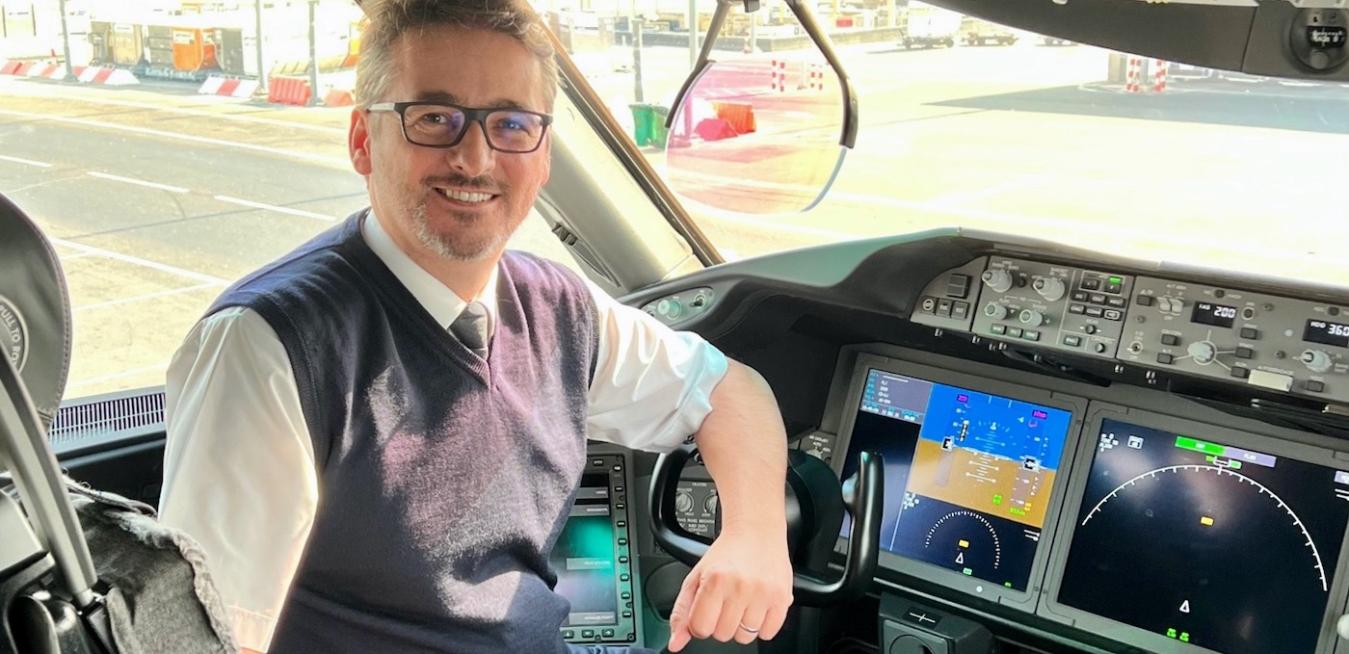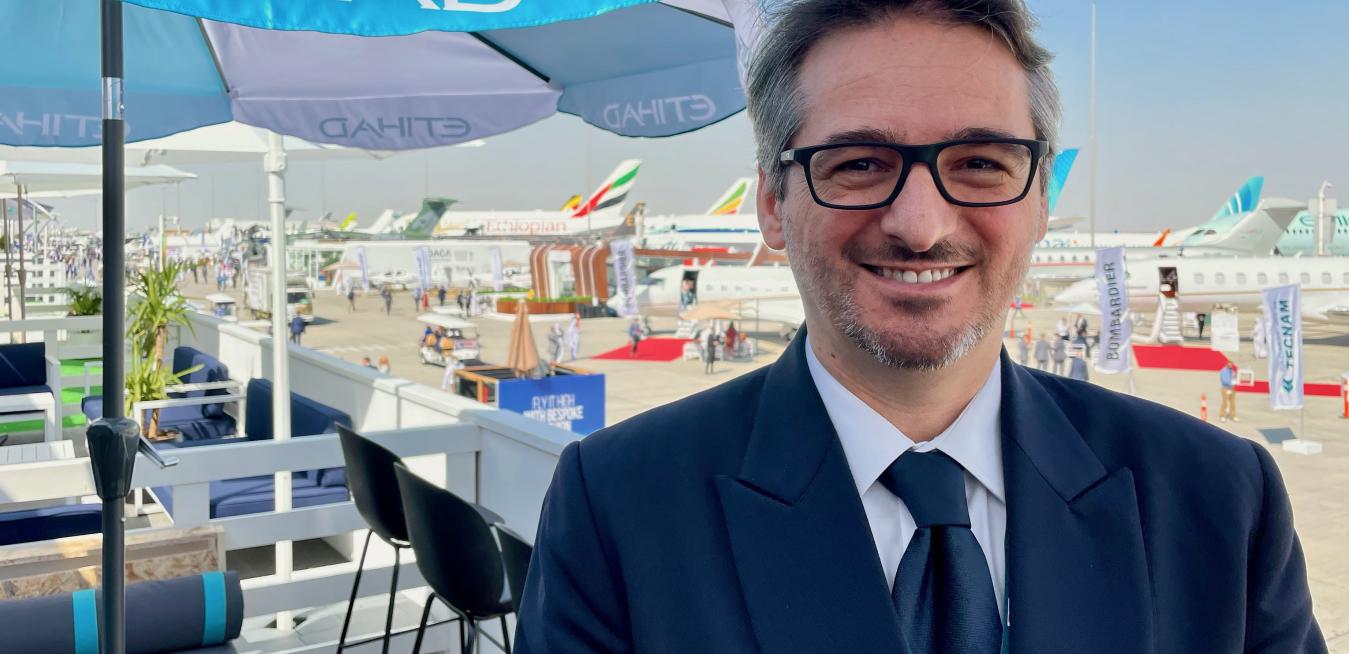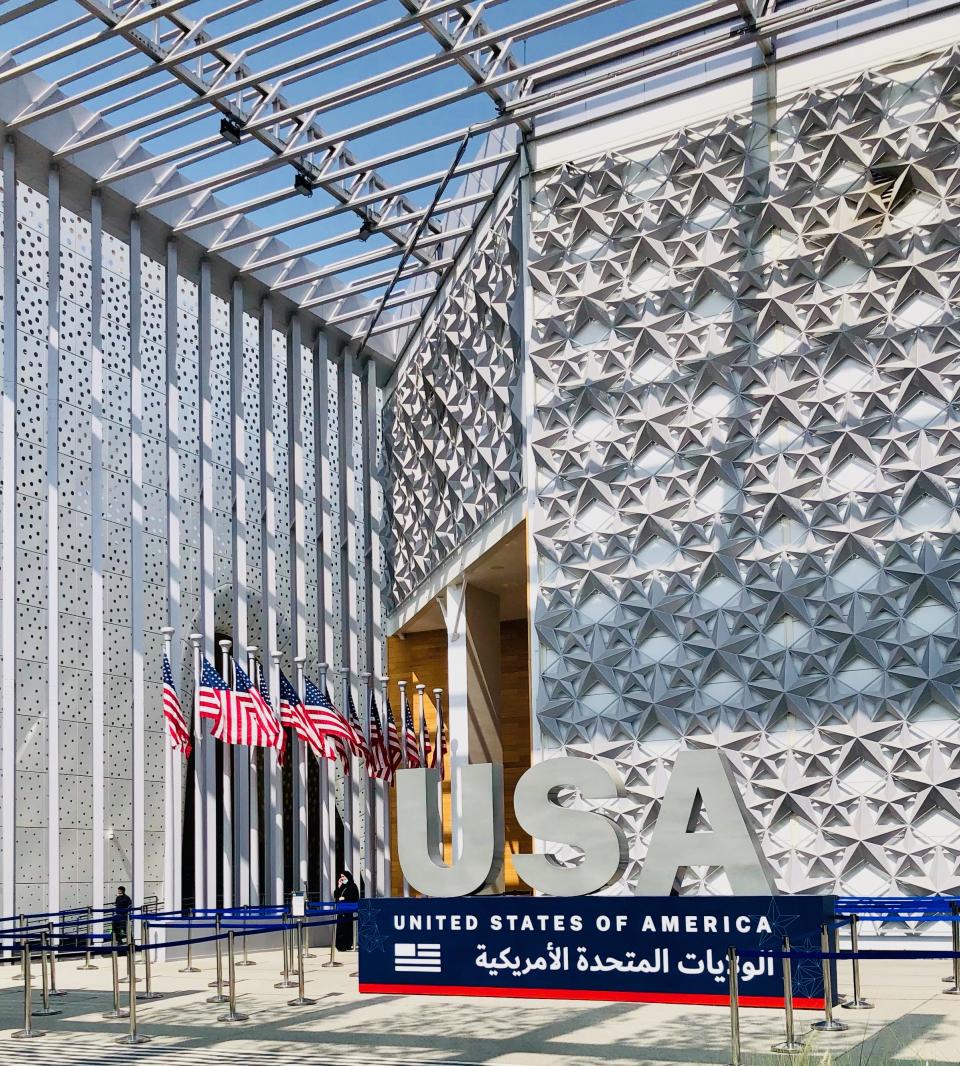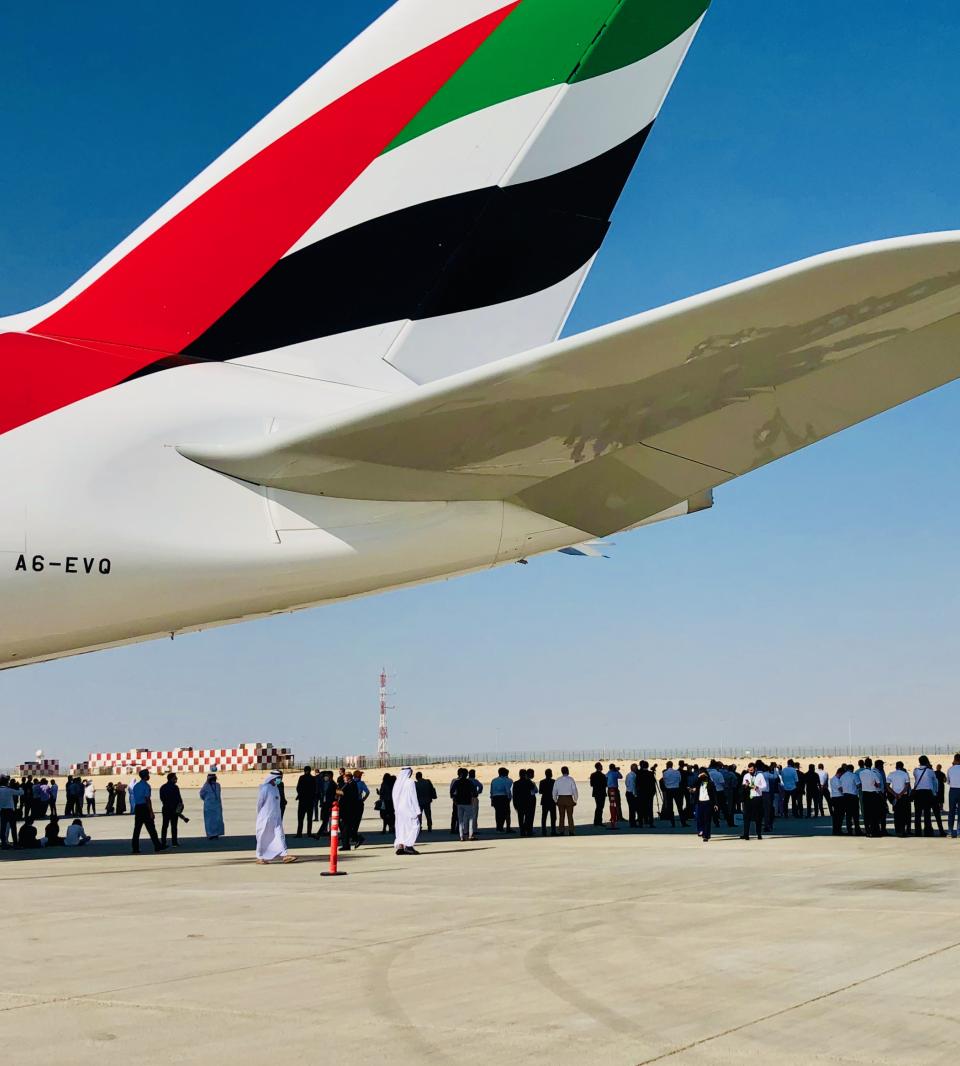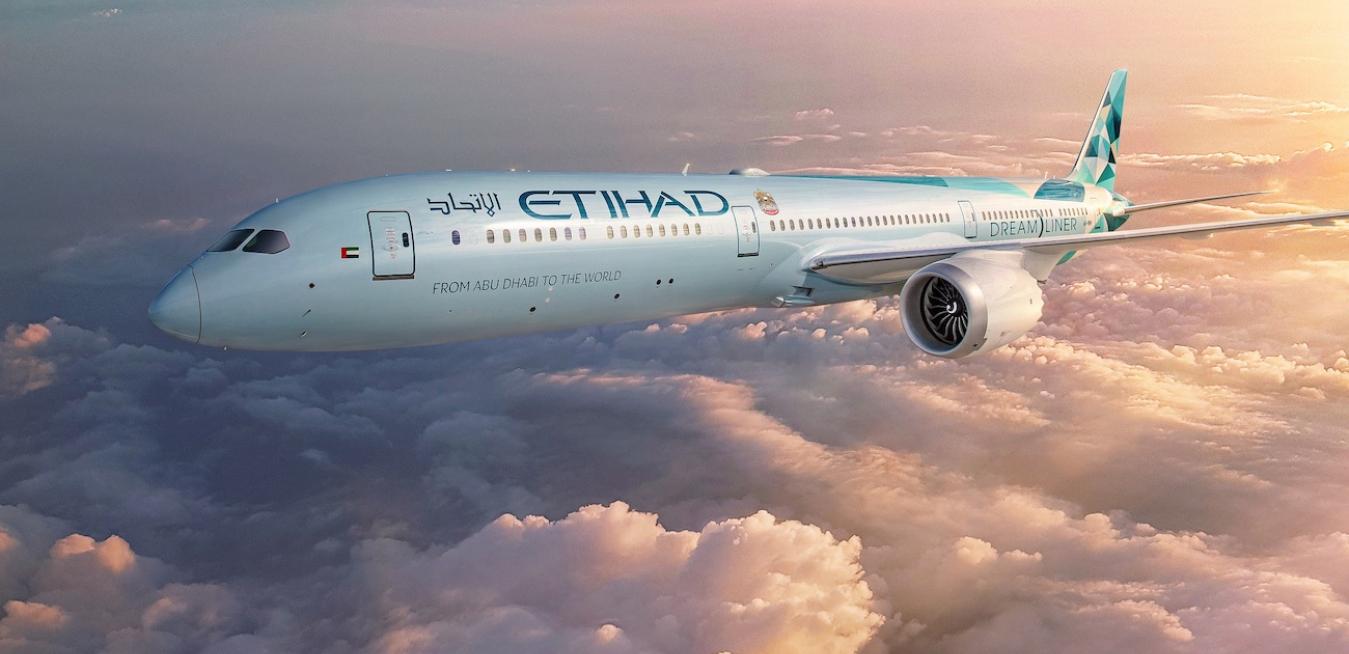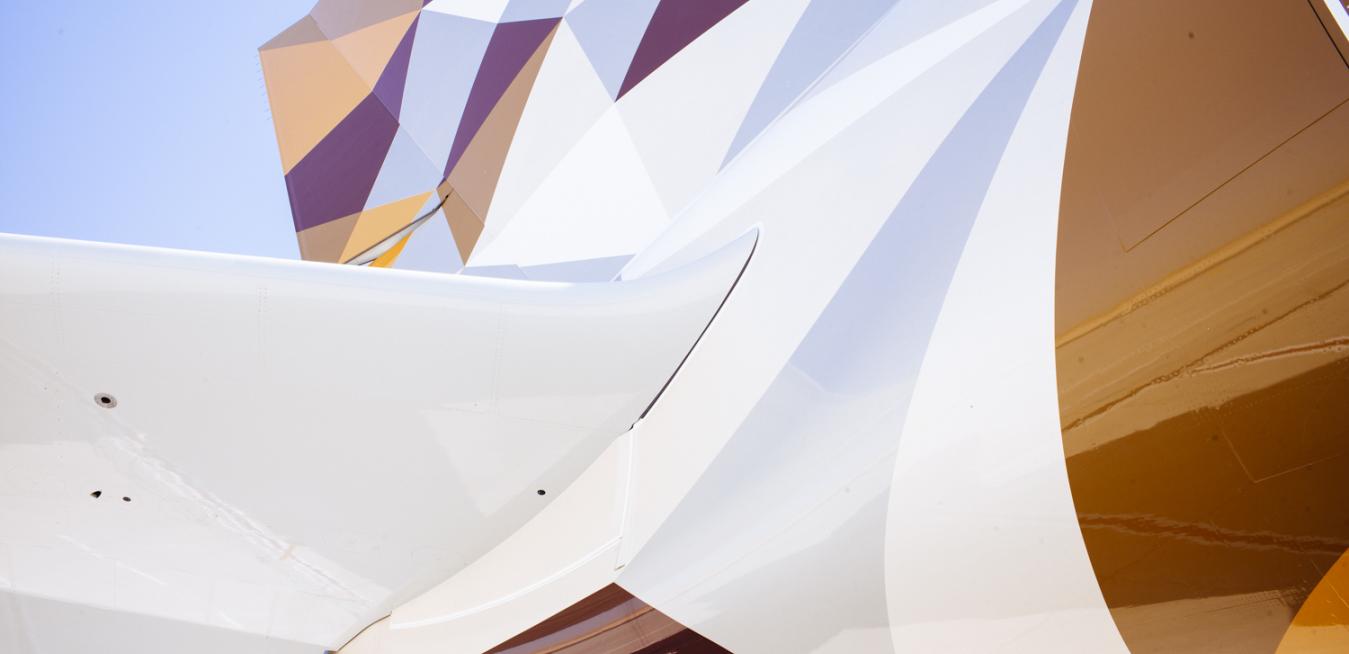When Mimmo Catalano was 5 years old, his dad took him to work at his office, at an airport in Sardinia, and the boy’s imagination was captured. Today Catalano is a 16-year veteran of Etihad Airways, and last October he captained a long-haul flight from London to Abu Dhabi that was like none before it. The Boeing 787-10 Dreamliner, powered by GE Aviation’s GEnx engines, produced carbon emissions 72% lower than those on a typical flight.
Mimmo Catalano still remembers his first business meeting. It changed his life.
He was only 5 years old when his father, who worked for an Italian airline, took him to his office at the airport. “That day I saw airplanes for the first time, and I loved them immediately,” he says. “From them on, I kept asking my father, ‘Hey, are you having a meeting at the airport? I want to come with you.’ It was love at first sight.”
As chief operating officer of Etihad Airways, Mohammad Al Bulooki is paying close attention to what his customers are saying. That includes his 10-year-old son. “I asked him, ‘What’s the biggest problem in the world?’” Al Bulooki said. “He said, ‘The environment.’ That was his answer. If you asked me when I was his age, I would tell you Ninja Turtles.” Al Bulooki wasn’t trying to be funny. He was making a point. Sustainability and protecting the environment isn’t just good for the planet. It’s a smart way of doing business.
Data may not be what makes the world go round, but it can help airlines increase fuel efficiency and, by extension, help reduce carbon dioxide emissions when their passengers are on globe-trotting adventures.
A routine commercial long-haul flight scored an important aviation industry milestone last week when a Boeing 787 operated by Etihad Airways flew from London to Abu Dhabi on a fuel blend containing sustainable jet fuel. The plane’s carbon emissions were 72% below those of an equivalent flight in 2019.
The Dubai-based airline Emirates alone has 131 GE90-powered 777s in service and their engines just completed 1 million cycles, or trips – each cycle includes one takeoff and one landing. That number is now set to grow faster since Emirates has 44 more 777s with the same engine on order.
